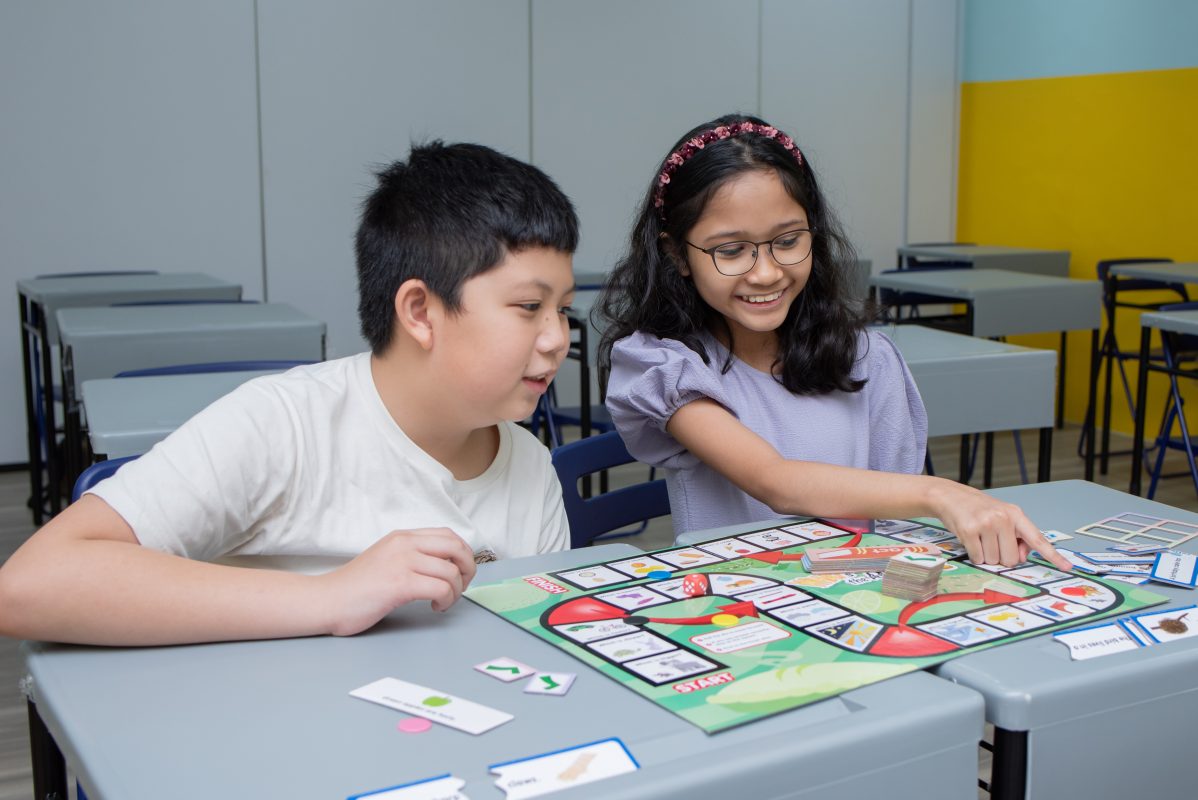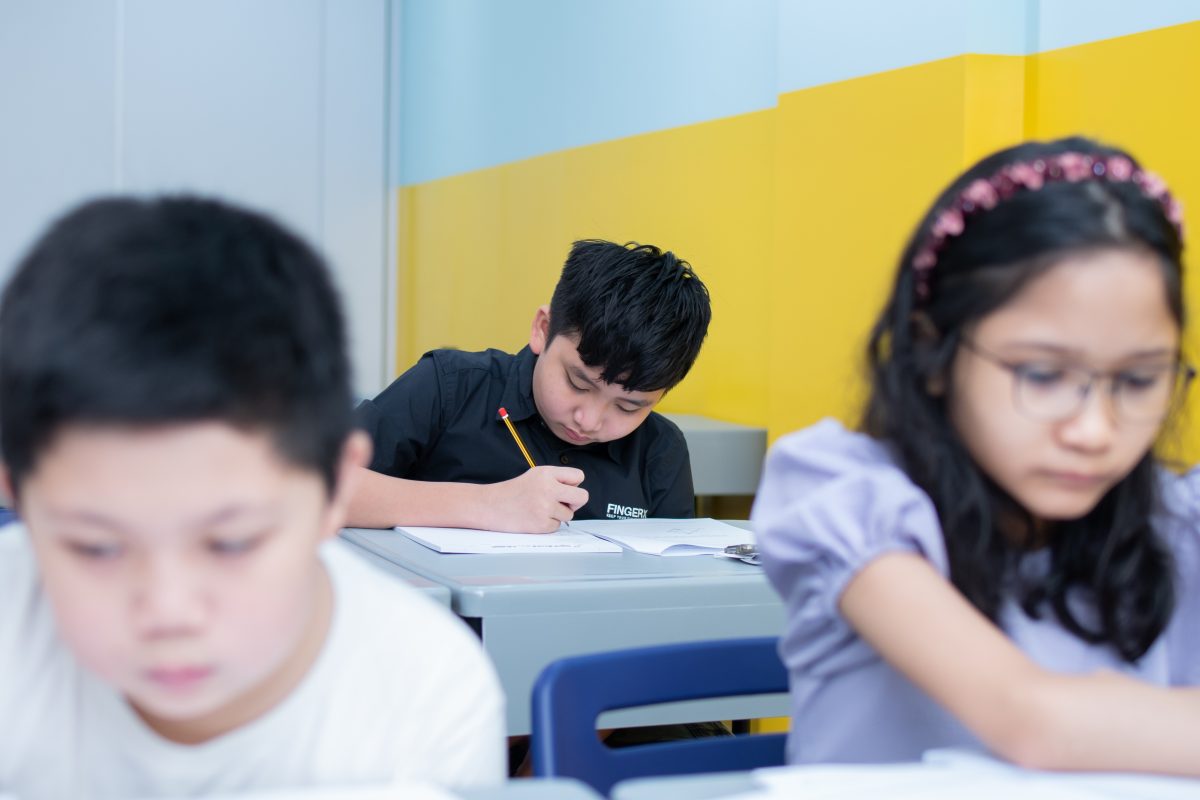In the bustling educational landscape of Singapore, tuition classes have become a staple in the quest for academic excellence. As parents and students alike seek the best supplemental education, one question frequently arises: “How long should a tuition class last?” This seemingly simple query is pivotal in ensuring that each session is as beneficial as it can be. In this article, we delve into this topic to provide clear insights and practical advice.
Understanding the ideal duration of tuition classes is crucial for optimizing learning without causing burnout. Factors like attention span, age, subject complexity, and teaching methods play a significant role in determining this. Tailoring class length to fit these aspects can make a significant difference in a student’s educational journey.
Whether you’re a parent looking to enroll your child in the right tuition program, or a student seeking to make the most of your learning experience, this article aims to guide you through the nuances of tuition class durations. Let’s explore together the best ways to maximize learning while keeping it enjoyable and effective for students in Singapore.
Understanding Attention Spans and Learning
A key factor in determining the ideal length of a tuition class is the attention span of the learner. Attention span varies widely, especially among different age groups. Younger students, for instance, may find it challenging to concentrate for extended periods. This is important to consider in Singapore, where students of varying ages attend tuition.
Research suggests that the average attention span for younger children is about 15-25 minutes, gradually increasing with age. Therefore, for primary school students, shorter sessions with more frequent breaks might be more effective. On the other hand, secondary school and junior college students can handle longer periods of focus, often up to 45-60 minutes before needing a break.

Age-Specific Considerations
In Singapore’s diverse educational landscape, understanding age-specific needs is crucial. For primary school students, 30-45 minute classes are often ideal. This duration accommodates their shorter attention spans and keeps them engaged without overwhelming them.
Secondary students, who are more capable of prolonged focus, may benefit from classes lasting between 45 to 60 minutes. This allows more in-depth exploration of subjects, which is essential as academic content becomes more complex at this level.
For junior college students and those preparing for major examinations like the A-Levels, sessions can extend up to 1.5 hours. However, it’s essential to include short breaks to maintain concentration and effectiveness.
Subject Matter Complexity
The complexity of the subject matter is another critical consideration. Subjects like Mathematics and Science, which often require more time to explain concepts and solve problems, may need longer tuition sessions. Conversely, subjects that are less intensive, like Language Arts or Social Studies, can be effectively taught in shorter periods.
In Singapore, where students often juggle multiple subjects, tuition centers and private tutors should adjust class lengths based on the subject’s demands. Interactive or practical subjects, such as coding or laboratory-based sciences, might also benefit from extended sessions to allow for hands-on experience.
Teaching Methods and Their Impact
The teaching method employed can significantly influence the ideal class length. Interactive and discussion-based classes, popular in tuition centers around Singapore, may require more time compared to traditional lecture-based approaches. This is because they involve back-and-forth dialogue and active participation, which take up more time but are often more engaging and effective.
On the other hand, for revision or drill-focused sessions, shorter, more intensive classes might be more appropriate. This approach can help maintain high energy levels and concentration, crucial for subjects requiring memorization or practice, like History or Mathematics.

Balancing Class Duration with Breaks
Incorporating breaks into tuition sessions is vital. Breaks help in resetting attention spans, preventing mental fatigue, and maintaining overall enthusiasm for learning. For longer tuition classes, a 5-10 minute break after every 45 minutes of instruction is a good rule of thumb. This is particularly important in Singapore’s competitive education environment, where students often endure long hours of study.
Quality versus Quantity
It’s important to remember that the quality of teaching is more important than the length of the tuition class. Effective teaching methods, engaging materials, and a supportive learning environment contribute more to a student’s success than simply extending class durations. This principle is especially relevant in Singapore, where the emphasis is often on efficiency and productivity in education.
In conclusion, while there is no one-size-fits-all answer to how long a tuition class should last, considering factors like attention spans, age, subject complexity, and teaching methods can guide in making informed decisions. By striking the right balance and focusing on quality, tuition classes can be a powerful tool in a student’s educational arsenal, aiding them significantly in their academic journey in Singapore.

